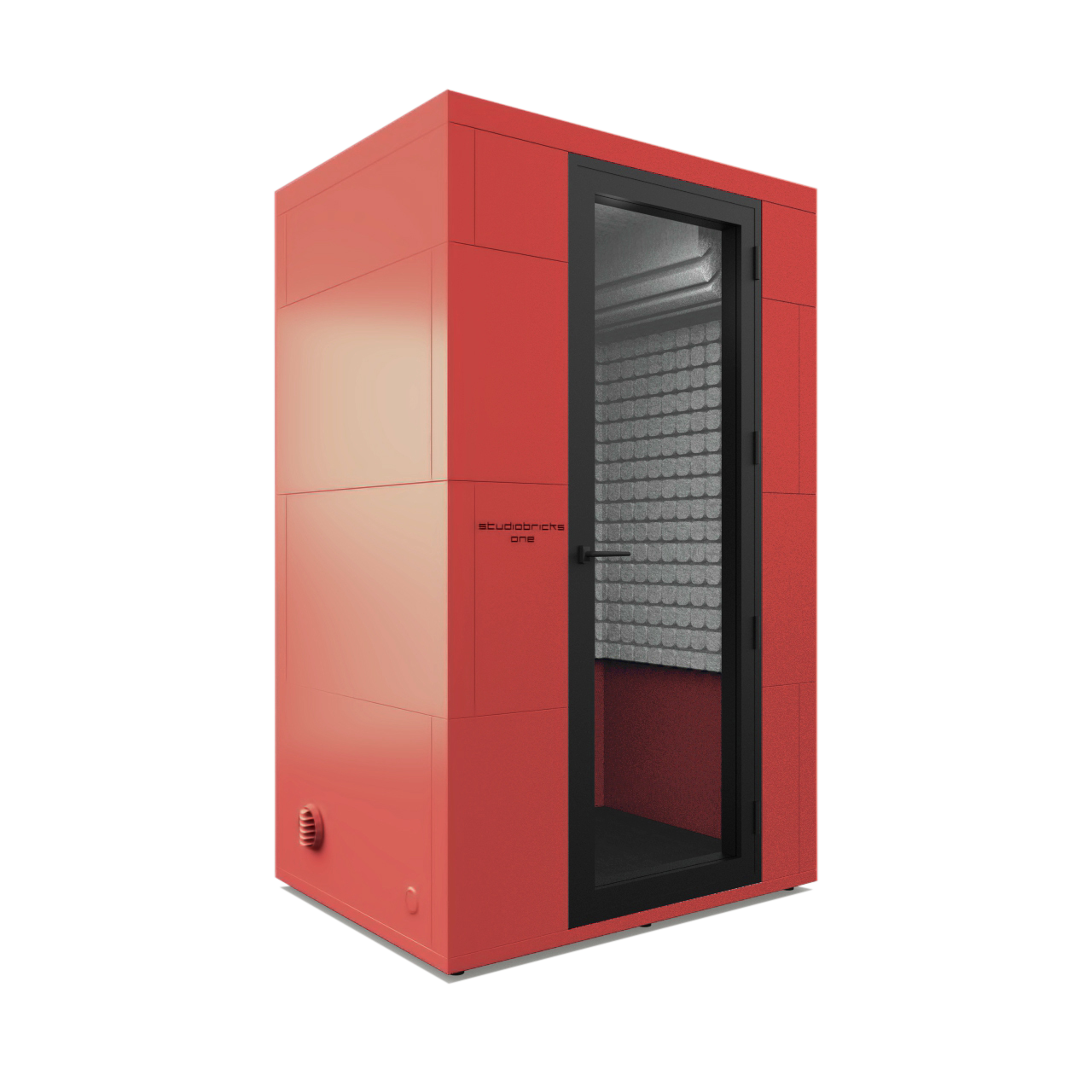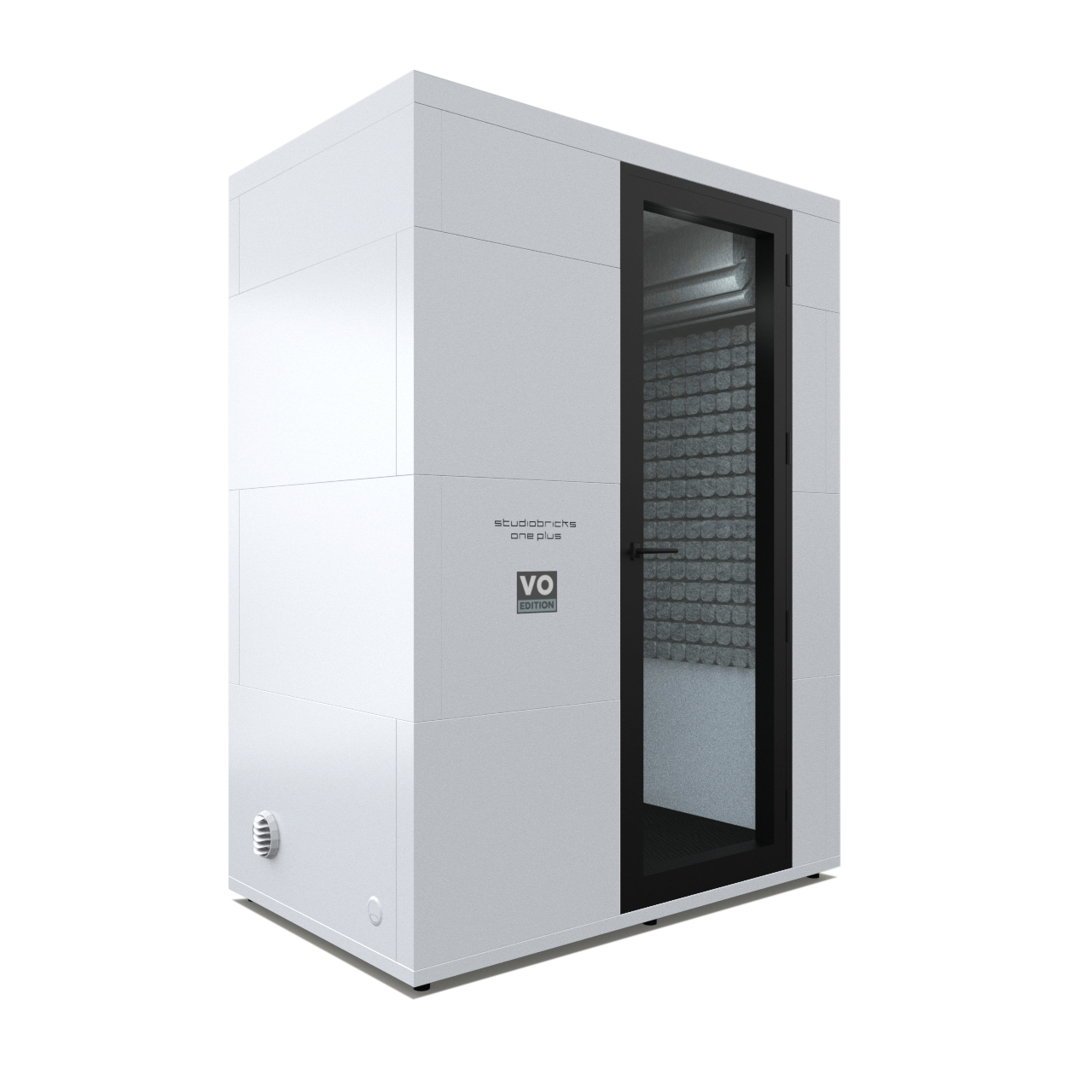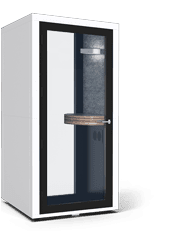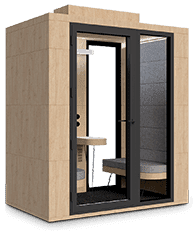When workers are continually exposed to disturbing noises during their work day , be it in an office, a workshop or a factory, it is very likely that over time this will cause permanent and disabling hearing damage. However, it is very difficult for the worker to realize the problem that this is generating, until it is too late.
It is a gradual process of worsening hearing that cannot be perceived at first, as it is minimal and is often ignored. For this reason, hearing damage is often not identified until it is combined with age-related hearing loss.
According to data from the World Health Organization (WHO), 466 million people (more than 5% of the population) worldwide have disabling hearing loss, of which 432 million are adults. And by 2050, it is estimated that this figure could rise to 900 million people, that is, that 1 in 10 people will have serious hearing damage.
In offices and shared workspaces, exposure to noise disturbance often affects the performance of workers. This is because they have a negative effect on the concentration of workers and, consequently, on the effectiveness of their work tasks. In fact, specialists from The Sound Agency, assure that the environmental noise of the office and the stress it generates, can reduce the productivity of workers by up to 66%.
Would you like to know more about noise in the office and how to prevent the negative effects it has on the hearing health of workers? Then continue to the end of this blog post, and don’t miss any details.
What is noise and how can it affect the worker?
In a work environment, noise can be defined as an unpleasant and unwanted sound that can impair the ability to carry out work activities, since it causes tension and affects concentration. In an office or in shared work environments, noise can be a disturbing factor, both due to its frequency and volume. In this case, noise intensity can be measured in units of decibels (dB) and 85 dB is considered to be the permissible intensity in work spaces during an eight-hour shift. However, this exposure to noise must be averaged throughout the work day and if it exceeds the permitted limit of 85 dB, then the worker is considered to be exposed to hearing damage. Prolonged exposure to high noise levels or even exposure to moderate but constant noise can cause hearing damage, such as occupational deafness, hearing loss, or nodules on the vocal cords (due to frequent straining of the voice). But also physiological effects, such as increases in heart rate, acceleration of respiratory rate, digestive disorders, reduction in brain activity, among others. Resulting as well in psychological effects, such as insomnia, aggressiveness or irritability; which ends up affecting both the performance and the concentration and level of attention of the worker.How can noise be controlled?
There are many ways that businesses or employers can control or combat noise in the workplace:- Controlling the source of the noise – This is the best way to combat noise in the workplace. This involves first identifying where harmful noises originate, whether in a machine (air conditioning compressors, exhaust fans, refrigerators, etc.) or office devices (printers, copiers, paper shredders, etc.). Then, it is necessary to take care of adjusting this equipment to the permitted noise levels.
- Sound controlled spaces: If you are having difficulty controlling noise at the source or where it originates, then you need to think about ways to isolate the noise. This implies everything from isolating the machine or device, to incorporating barriers that reduce the sound between its source and the worker, such as making spaces independent, installing isolation screens or acoustic enclosures.
- The worker: rotating jobs or using soundproof booths for offices. Finally, there is the provision of Personal Protection Equipment (PPE) for workers, such as earmuffs, plugs or headphones.
7 measures to prevent hearing damage in workers
To eliminate or minimize noise in the office and work spaces in general, you can implement the following preventive measures:- Acquire office equipment or devices that generate low noise levels.
- Isolate noisy equipment in separate rooms or spaces or relocate it to places further away from the workspaces occupied by staff.
- Properly design the offices or shared work spaces, taking into account good isolation from noise sources.
- Place warning signs of harmful noise, in work spaces that are exposed to them.
- Establish preventive maintenance programs for equipment that have been previously identified as possible sources of noise.
- Reduce noise sources through technical methods, such as the use of insulation, shielding or the use of soundproof booths.
- Limit prolonged exposure to noise, through better organization of work. In this way, the duration and intensity of the worker’s exposure to noise can be controlled and limited.


















